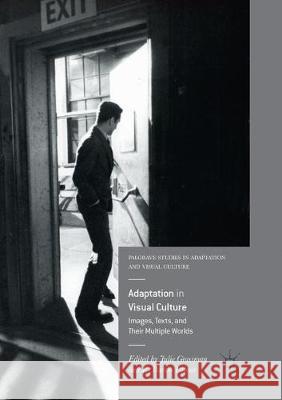Adaptation in Visual Culture: Images, Texts, and Their Multiple Worlds » książka
topmenu
Adaptation in Visual Culture: Images, Texts, and Their Multiple Worlds
ISBN-13: 9783319864327 / Angielski / Miękka / 2018 / 285 str.
Kategorie:
Kategorie BISAC:
Wydawca:
Palgrave MacMillan
Seria wydawnicza:
Język:
Angielski
ISBN-13:
9783319864327
Rok wydania:
2018
Wydanie:
Softcover Repri
Ilość stron:
285
Waga:
0.40 kg
Wymiary:
14.9 x 20.9 x 2.6
Oprawa:
Miękka
Wolumenów:
01











